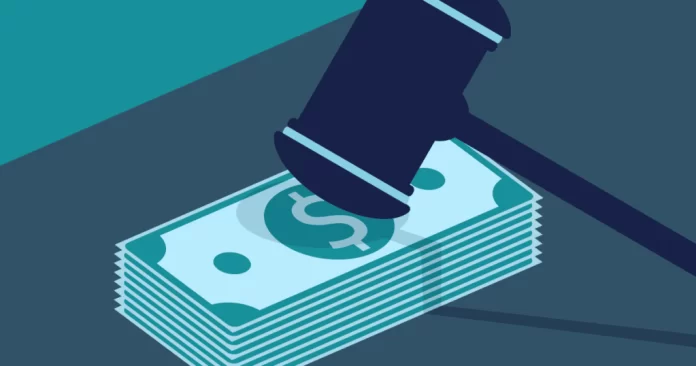A creditor must obtain a money judgment and court order before garnishing an employee’s wages. In many cases, the court or agency that issues the wage garnishment will notify the employer and the employee.
A growing number of companies are now offering employees daily payroll. This allows workers to access their paychecks within minutes after completing their shift instead of waiting two weeks for their traditional bi-weekly checks.
Table of Contents
Benefits
With today’s workforce increasingly dominated by millennial and Gen Z employees, instant access to earnings isn’t just an added perk; it’s expected. For instance, the concept of a daily option for a breadwinner gives a better understanding of how much does daily pay let you take out.
Many of these workers struggle to make ends meet and are at the mercy of late fees, overdraft charges, and excessive payday loan interest when bills come due out of sync with their paychecks. This is where on-demand pay can be a lifesaver.
The amount of a worker’s wages that may be garnished is determined by what is known as their “disposable income.” Disposable income includes:
- Federal, state, and local taxes.
- Social Security and Medicare contributions.
- Wage withholdings are required by law.
Other deductions such as voluntary wage assignments, union dues, and contributions to charitable causes are not considered wage garnishment payments and thus may not be subtracted from disposable income.
A creditor can initiate a wage garnishment by filing a lawsuit against the employee and obtaining a court-ordered judgment that authorizes the garnishment.
The judgment is then sent to the employer, who carries out the order by reducing the amount of an employee’s paycheck that can be directly deposited into their bank account or payroll card.
Disadvantages
Unlike a direct deposit, with the daily payment option, employers cannot choose where workers receive their money. Instead, employees can use the app to access their wages on demand and transfer them directly into a bank account.
The exact timing of the transfers depends on the service provider and the worker’s financial institution. Some providers offer same-day or next-day transfers, while others may require an employee to wait for their payday to get their money.
In addition, many on-demand wage payment apps charge fees for early access to paychecks, which can add up over time. HR experts warn that these fees could be higher than late or overdraft fees, credit card advances, or payday loans.
Creditors can only garnish an employee’s wages after they file a lawsuit and win the case against the debtor. During this process, the court orders the employer to withhold funds from the employee’s paycheck to pay off the debt.
Federal and state law limits the amount creditors can take from an employee’s disposable income. Disposable earnings include local, state, and federal taxes and the employee’s share of Social Security, Medicare, and state unemployment insurance contributions.
However, voluntary deductions such as health and life insurance premiums, union dues, and charitable donations aren’t considered earnings for garnishment.
Taxes
Many employees are paid through direct deposit, which gives them a convenient way to receive wages and makes it easy for businesses to run payroll on time.
However, direct deposit requires that the employer deposit the employee’s wages by a certain day so the money will reach the employee on the correct date.
If you run payroll by the required date, your employees may get their wages on time if you expedite the process or pay them another way.
Some companies offer a service that lets employees access a set percentage of their daily net wages – after taxes and other deductions are taken out – on the same day they work.
This money is deposited into a mobile wallet or onto a debit card and can be accessed on the day of the shift rather than waiting until their regular payday. These services are usually free for employers but charge employees for same-day and next-day access to their wages.
The fees add up and can whittle down the wages workers normally receive when paid in full every two weeks. This could burden individuals, as they might have to prioritize where their cash should go each time they withdraw funds from their accounts.
Fees
Wage garnishments are legal deductions from an employee’s paycheck to pay a debt. This can include student loans, child support, and credit card debt. It’s common for these types of debt to become delinquent and lead to wage garnishment.
To have wages garnished, a creditor must file a lawsuit and win the case. Once the court approves a garnishment, it will notify the employer to start taking money from an employee’s paycheck to repay the debt.
The amount of money that can be taken from an employee’s paycheck depends on how much the individual owes, how long they have defaulted, and their total earnings.
Some wage garnishment services allow employees to access their wages before their next payday. Typically, there is a fee associated with using this service. However, some companies do not charge their employees to use this service.
Despite the benefits of the daily payment option, some employees may need help adjusting to not receiving their full paycheck every two weeks. This can cause unnecessary stress and make it harder for them to save and plan for their expenses.






